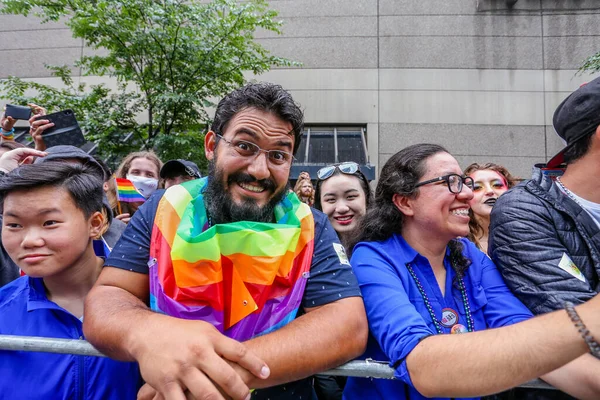
Believe it or not, transgender individuals have graced the pages of popular fiction, shaped religious ceremonies, and even met with presidents, long before the term “transgender” entered public discourse. A fascinating look into history reveals that the existence and recognition of transgender people is not a modern phenomenon but a persistent thread woven into the fabric of human society.

In the mid-19th century, an anonymously authored short story in The Knickerbocker, a renowned literary journal of Victorian America, depicted a trans woman in a nuanced and sympathetic light. “The Man Who Thought Himself a Woman” tells the tale of Japhet Colbones, a character who embodies the American spirit—strong, independent, and decent—yet secretly identifies as a woman.

This character was introduced more than a century before the term “transgender” was coined, challenging modern misconceptions that transgender identity is a recent ideological invention. “People have been trans-ing gender for centuries; they have been making and remaking gender in creative and innovative ways throughout recorded history,” says Dr. Emily Skidmore, Associate Professor at Texas Tech University.

Across the globe and throughout the ages, numerous cultures have recognized gender identities beyond the binary of male and female. From Mexico’s indigenous Zapotec people who acknowledge the third gender “muxes,” to Samoa’s “fa’afafine” and “fa’afatama,” and India’s officially recognized third gender, the hijras, diverse gender expressions have been integral to many societies. The Navajo referred to two-spirit individuals, highlighting the longstanding acknowledgment of gender variance.

Skidmore’s exploration in “True Sex” unveiled a surprising reality: transgender individuals often emerge in unexpected locales. Contrary to the assumption that they gravitate toward cosmopolitan areas for acceptance, many actually opt for small towns and rural settings.

“One thing that surprised me in doing the research for that book is that so many — over half of the 65 people I found from 1876-1936 — chose to live in small towns and rural outposts, as opposed to the cities we more commonly associate with queer life,” Skidmore shared with Salon.

Among her cherished discoveries is the tale of “Willie Ray,” a figure from the early 20th century who was assigned female at birth but lived as a man.

“He was probably born in Tennessee, and he moved in his early 20s to Booneville, Mississippi. He got in trouble for flirting with another man’s wife, and there was actually a court case about it 1903.

Willie Ray revealed his gender assigned at birth on the stand as a means of escaping persecution, at which point the case ground to a halt.”

Despite the threat of being mandated to wear skirts, there was no enforceable state law, allowing Willie to continue residing in Booneville. By 1910, he was recorded in the federal census, living with Fannie Gatlin—the same woman he had flirted with years prior.

Skidmore reflected, “I love this story because it forces us to think about the queer possibilities in rural America — a past which can be hard for us to imagine in the contemporary moment of anti-trans legislation.”

Reis also pondered the past, noting instances where historical attitudes surpassed modern ones in open-mindedness.

“The other common misperception about the pre-20th century is the assumption that we’ve become more tolerant over time,” Reis explained to Salon.

“Certainly, LGBTQ people are able to live openly in ways that they couldn’t have conceived in the mid-19th century, but it’s also true that we can’t just assume that people had only negative ideas about people crossing the gender line.”

She emphasized that while deviating from gender norms wasn’t widely celebrated or accepted, attitudes were nuanced, as illustrated by Japhet’s portrayal in the short story: “as a competent provider, a good husband, and all the rest of it that the story describes.”
Relevant articles:
– Transgender identity has a history as long as human beings have existed, Salon.com
– Transgender People Have Always Existed, ACLU of Ohio
– How historians are documenting the lives of transgender people, National Geographic
– Seven Things About Transgender People That You Didn’t Know, Human Rights Campaign
